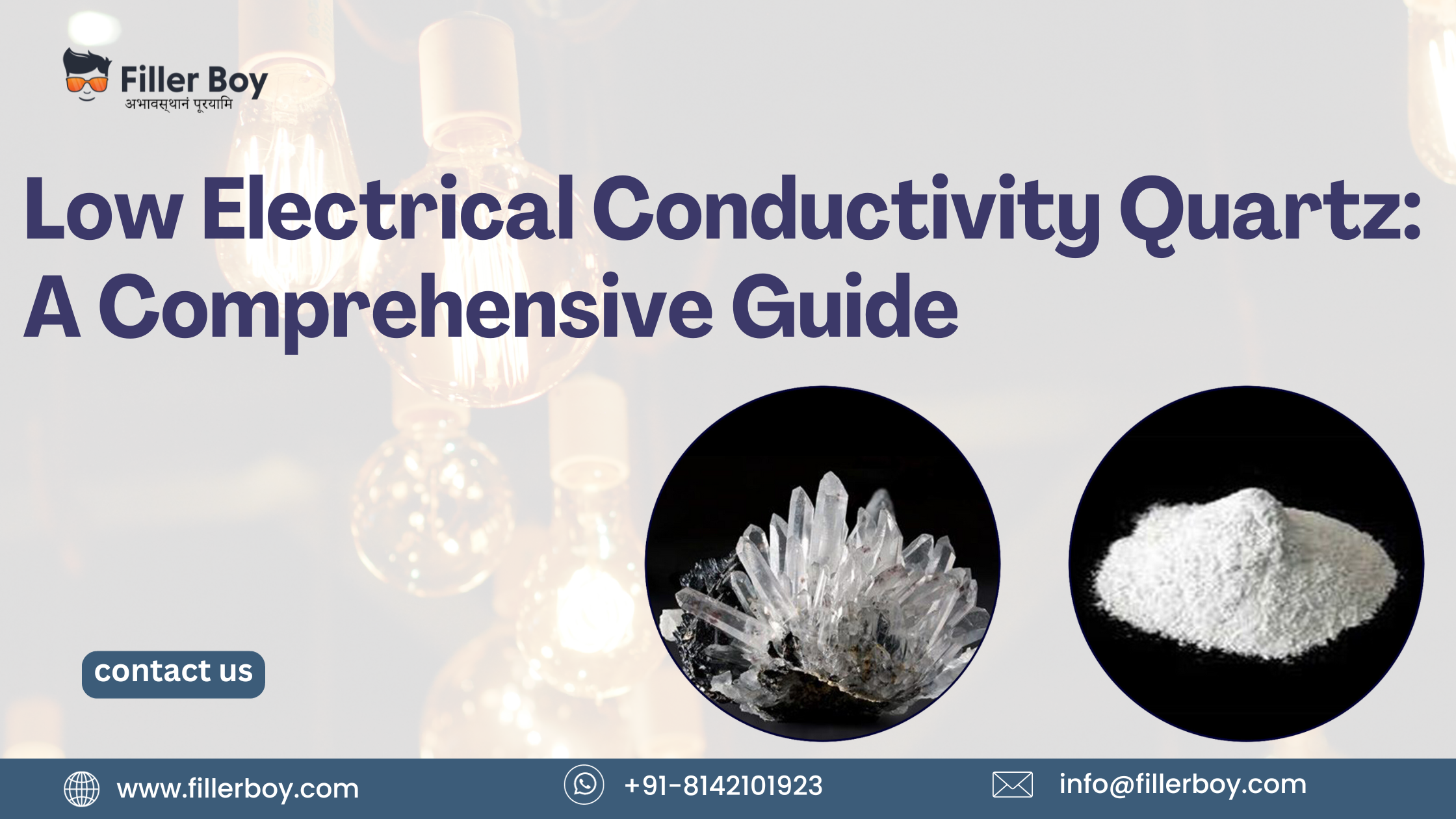Low Electrical Conductivity Quartz: A Comprehensive Guide
Quartz is a widespread crystalline mineral, primarily made up of silicon dioxide (SiO2). It's found in all rock types: igneous, metamorphic, and sedimentary. The resilience of quartz to both physical and chemical weathering explains its abundance and wide distribution. It exists in numerous varieties due to the diverse conditions under which it can form and the adaptability of its crystal structure.
Understanding Electrical Conductivity in Minerals
Electrical conductivity refers to a material's ability to facilitate the transport of an electric charge. It's defined as the ratio of the current density to the electric field strength. This characteristic can vary significantly among different minerals, depending on factors like their atomic and molecular structure, temperature, impurities, and pressure conditions.
Why is Quartz a Poor Electrical Conductor?
In many technologies, quartz plays a vital role but is known for its low electrical conductivity. This is due to its crystal structure where each silicon atom bonds with four oxygen atoms, and each oxygen atom is shared between two silicon atoms, forming a robust three-dimensional network of tetrahedra. This strong covalent bonding leaves no free electrons to carry an electric charge, resulting in poor electrical conductivity.
Filler Boy: A Key Player in the Quartz Industry
Filler Boy is a notable supplier in the industrial mineral world, known for providing high-quality quartz to various industries, thereby significantly contributing to the growth of the quartz market.
Filler Boy's Dedication to Quality
Filler Boy focuses on supplying top-grade quartz that meets the specific needs of different industries. Their extraction and processing methods ensure the delivery of pure, durable quartz exhibiting consistently low electrical conductivity. This makes their quartz perfect for applications requiring insulation from electrical currents.
Applications of Low Electrical Conductivity Quartz
Despite its poor conduction properties, quartz is extensively used in various fields.
Usage in Electronics and Telecommunications
In electronics and telecommunications, the low electrical conductivity of quartz is considered an advantage. Its excellent insulating properties make it a prime material for use in equipment like radios, microphones, and oscillators. Quartz crystals can also generate a charge under mechanical stress, a property known as piezoelectricity, which is exploited in many electronic devices.
Role in Timekeeping Devices
In the realm of timekeeping, quartz is indispensable. Quartz clocks and watches use the regular vibrations of a tiny quartz crystal to maintain accurate time. The application of an electric current to a quartz crystal induces vibrations at a precise frequency, providing an exceptionally stable time base.
Application in Glass and Ceramic Industries
Quartz's low electrical conductivity benefits the glass and ceramic industries. Appreciated for its heat resistance and insulating properties, quartz helps control the flow of heat and electricity, leading to more efficient energy use in manufacturing processes.
The Future of Low Electrical Conductivity Quartz
With constant technological advancements, we can anticipate new uses for low electrical conductivity quartz. Its unique properties make it a versatile mineral with significant potential in high-tech industries.
Upcoming Developments in Quartz Usage
Looking forward, there is a possibility of increased use of quartz in green energy technologies. For instance, its insulating properties could be leveraged to enhance the efficiency of solar panels and other renewable energy systems.
Conclusion
Despite its seemingly modest position in the mineral kingdom, low electrical conductivity quartz plays an integral part in our daily lives and various industries. Its usage spans across electronics, telecommunications, timekeeping devices, and even the glass and ceramic industries. With suppliers like Filler Boy providing high-quality quartz, this versatile mineral is set to continue playing a pivotal role in technological advancements. The potential uses for quartz seem limitless as we look towards the future, underscoring the value of this abundant yet extraordinary mineral.

Frequently Asked Questions
Q1: What is quartz? Quartz is a crystalline mineral composed of silicon dioxide. It's one of the most common minerals found on Earth's crust, owing to its resistance to both physical and chemical weathering.
Q2: Why is quartz a poor electrical conductor? Quartz exhibits low electrical conductivity due to its molecular structure. The strong covalent bonding in quartz leaves no free electrons to carry an electric charge, resulting in poor electrical conductivity.
Q3: How does Filler Boy contribute to the quartz industry? Filler Boy is a leading manufacturer and exporter of industrial minerals, including quartz. They ensure their quartz products meet stringent quality standards and are known for their durability and consistent low electrical conductivity.
Q4: What are some applications of low electrical conductivity quartz? Low electrical conductivity quartz is used in many industries. In electronics and telecommunications, it serves as an excellent insulator. Quartz's consistent vibrations when subjected to an electric current make it ideal for use in timekeeping devices. Its heat resistance and insulating properties are also beneficial in the glass and ceramic industries.
Q5: What does the future hold for low electrical conductivity quartz? The future of low electrical conductivity quartz looks promising. As technology progresses, we can expect to see new uses for this mineral, particularly in green energy technologies, advanced electronics, and photonics.
Q6: Is quartz a safe material? Yes, quartz is generally considered a safe material. However, like any substance, it should be handled properly. In some scenarios, such as when cutting or grinding, protective measures should be taken to avoid inhaling dust particles.
 +91 81421 01923
+91 81421 01923
 info@fillerboy.com
info@fillerboy.com